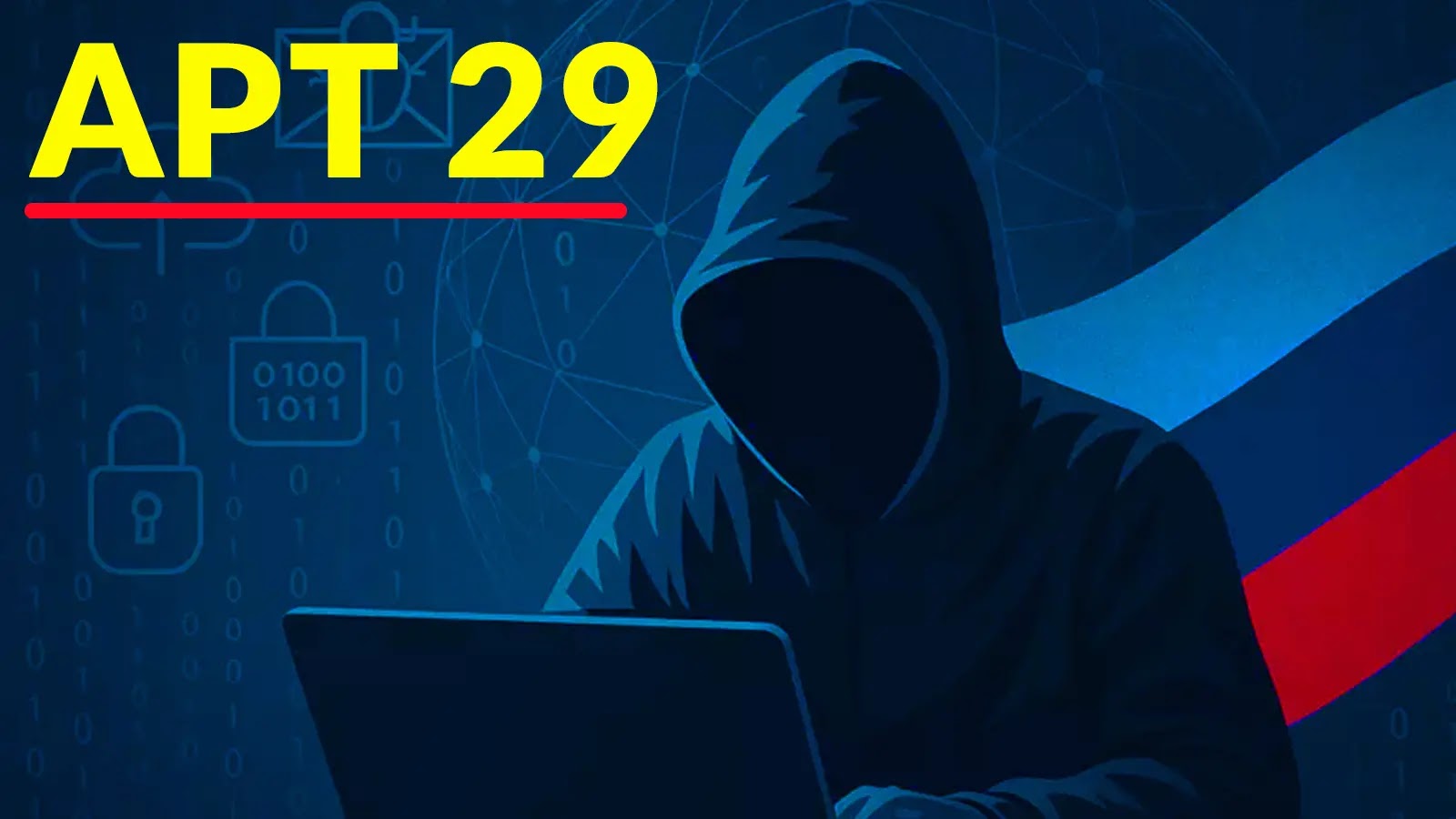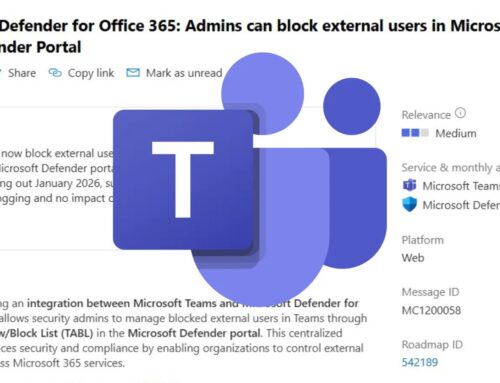
Amazon Dismantles Russian APT 29 Infrastructure Used to Attack Users
Amazon Strikes Back: Dismantling APT29’s Sophisticated Watering Hole
The digital battlefield saw a significant victory for cyber defense recently, as Amazon’s threat intelligence team successfully dismantled infrastructure used by APT29, also known as Midnight Blizzard. This sophisticated Russian Foreign Intelligence Service-linked actor has long been a persistent threat, and their latest campaign, a cunning watering hole attack, aimed to compromise unsuspecting users through legitimate websites. This incident underscores the relentless nature of state-sponsored cyber operations and the critical role of proactive threat intelligence in safeguarding the digital ecosystem.
The Anatomy of the Attack: APT29’s Watering Hole Campaign
In late August 2025, Amazon’s cyber security experts uncovered a highly deceptive campaign orchestrated by APT29. This particular operation leveraged a classic, yet highly effective, attack vector: the watering hole. Attackers compromised legitimate websites – likely those frequented by their high-value targets – and strategically placed malicious redirects. When an unwitting visitor accessed these compromised sites, they were surreptitiously shunted to malicious infrastructure designed to compromise their systems.
The initial redirect led users to meticulously crafted, counterfeit Cloudflare verification pages. This method is particularly insidious as Cloudflare is widely trusted for its security services, making the fake pages appear entirely legitimate to the average user. Such imitation tactics highlight the advanced social engineering capabilities of groups like APT29, designed to bypass even the most vigilant users.
APT29 and Midnight Blizzard: A Persistent Threat
APT29, also publicly known as Midnight Blizzard, Nobelium, and DarkHalo, is a state-sponsored threat group with a well-documented history of highly impactful cyber espionage. Linked directly to the Russian Foreign Intelligence Service (SVR), their operations typically focus on intelligence collection from government entities, research institutions, and critical infrastructure organizations globally. Their tactics are characterized by meticulous planning, advanced persistent threats (APTs), and a willingness to adapt and evolve their methodologies to evade detection.
Previous notable campaigns attributed to APT29 include the SolarWinds supply chain attack (though this attribution is complex and has also been linked to Nobelium), highlighting their capability to compromise widely used software and services to gain access to numerous victim networks. Their targeting is often strategic, aiming to gather information that can provide geopolitical or economic advantage to the Russian state.
Implications for Organizations and Users
The successful dismantling of this infrastructure by Amazon is a testament to effective cybersecurity collaboration and intelligence sharing. However, it also serves as a stark reminder of the ongoing threats posed by well-resourced state-sponsored actors. For organizations, the implications are clear:
- Vigilance Against Watering Hole Attacks: Regularly review third-party website integrations and scrutinize traffic anomalies from legitimate-looking sources.
- Enhanced User Awareness Training: Educate employees on identifying sophisticated phishing and social engineering attempts, including fake security verification pages. Emphasize verification of URLs and digital certificates.
- Robust Security Measures: Implement advanced endpoint detection and response (EDR) solutions, network intrusion detection/prevention systems (IDS/IPS), and multi-factor authentication (MFA) for all critical systems.
- Threat Intelligence Integration: Subscribe to and actively utilize reliable threat intelligence feeds to stay abreast of emerging threats and attacker methodologies.
Remediation Actions and Best Practices
Protecting against advanced persistent threats like APT29 requires a multi-layered and proactive security posture. Here are actionable remediation steps and best practices:
- Conduct Regular Security Audits: Perform frequent penetration testing and vulnerability assessments, focusing on web applications and externally facing services. Look for indicators of compromise (IoCs) related to redirect scripts or unauthorized content injection. Relevant CVEs, should they arise from such compromises, would be reported and tracked in databases like MITRE’s CVE program (e.g., CVE-202X-XXXXX).
- Implement Strict Content Security Policies (CSP): Utilize CSP headers on your web servers to restrict the sources from which content can be loaded, mitigating risks from cross-site scripting (XSS) and content injection attacks.
- Deploy Advanced Web Application Firewalls (WAFs): A WAF can detect and block malicious traffic, including attempts to compromise websites or redirect users to malicious domains.
- Monitor DNS and Certificate Transparency Logs: Keep an eye on new or suspicious DNS records for your domains and regularly check Certificate Transparency logs for unauthorized certificate issuances that could indicate domain compromise.
- Network Traffic Analysis: Employ tools for deep packet inspection and anomalous behavior detection to identify unusual traffic patterns that might indicate redirection to malicious infrastructure.
- Strong Authentication Practices: Enforce strong, unique passwords and multi-factor authentication (MFA) across all user accounts, especially for administrators and those with access to sensitive systems.
- Security Patches and Updates: Maintain a rigorous patching schedule for all software, operating systems, and network devices. Exploitation of known vulnerabilities is a common entry point for APT groups.
Relevant Tools for Detection and Mitigation
| Tool Name | Purpose | Link |
|---|---|---|
| Cloudflare | WAF, DDoS protection, DNS security (for legitimate use) | https://www.cloudflare.com/ |
| Snort/Suricata | Network Intrusion Detection/Prevention Systems (IDS/IPS) | https://www.snort.org/ https://suricata-ids.org/ |
| OpenVAS/Nessus | Vulnerability Scanners | http://www.openvas.org/ https://www.tenable.com/products/nessus |
| Splunk/ELK Stack | SIEM for log aggregation and analysis | https://www.splunk.com/ https://www.elastic.co/elastic-stack/ |
| VirusTotal | Malware analysis and domain reputation checking | https://www.virustotal.com/gui/home/upload |
Conclusion: A Continuous Battleground
The successful dismantling of APT29’s infrastructure by Amazon’s threat intelligence team is a critical win in the ongoing cyber war. It highlights the importance of dedicated security teams, advanced threat intelligence, and collaborative efforts in countering sophisticated state-sponsored adversaries. While the immediate threat from this specific campaign has been mitigated, the underlying reality remains: APT groups like Midnight Blizzard will continue to evolve their tactics. Organizations and individuals must maintain a proactive, security-first mindset, continuously updating their defenses and educating their users to stay one step ahead in this perpetual digital conflict.





